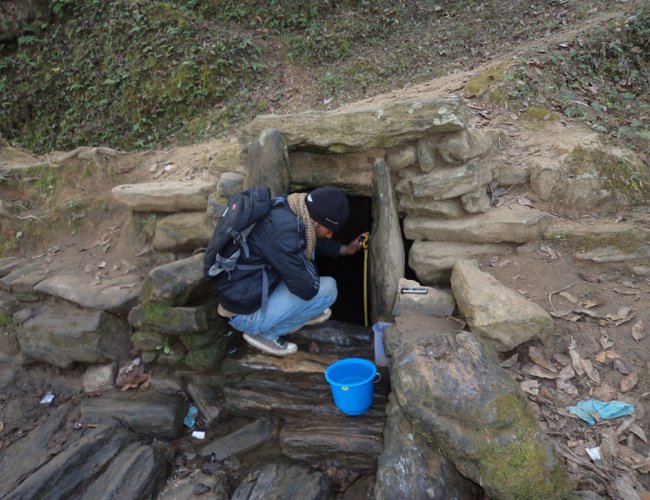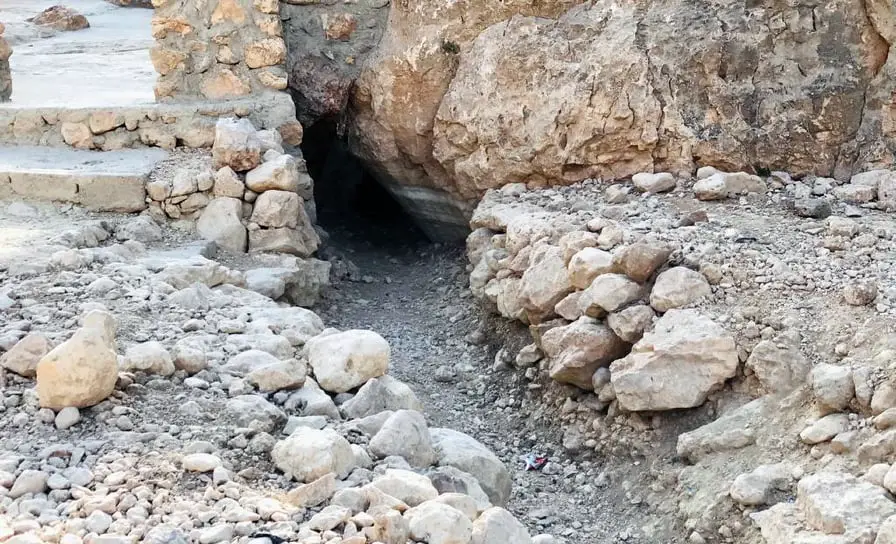A Natural Spring flow that fluctuates throughout the year might be a sign that the source is unreliable or may have the potential for contamination it could be possible to learn about historical spring flow and age from the previous owner or a neighbor in the near area. Do natural springs dry up?
Yes, Natural Springs can run dry from drought, high temperatures, or if too many people have sunk wells in the region, the water table will drop & as soon as the top of the groundwater is below the level of the spring, you will get no more H2O out of it until rains replenish the groundwater.
Springs tell us a lot about hydrologic trends and human impacts on the quantity and quality of our groundwater and water supplies. They are a window into the aquifer, the source of most of the region’s drinking water. Low spring flow may indicate drought conditions, or it may signal excessive groundwater withdrawals.
Do Natural Springs Dry Up

The yield of spring water varies widely from a volumetric flow rate of nearly zero to more than 14,000 liters per second (490 cu ft/s) for the biggest springs but even bigger Natural springs can slow up or even dry up.
Knowing these answers can help you plan accordingly. Whether or not your Spring could possibly dry up.
- Does the flow from the spring increase when it rains
- Does the flow from the spring stop during the dry season
The biggest threat to a Natural Spring is higher temperatures that cause more water to evaporate, leaving less surface water for the plants and animals that rely on springs. During particularly severe droughts, some springs may even dry up.
Decreases in groundwater, from a lower snowpack, changes in precipitation, or pumping of groundwater from other connected areas can reduce the amount of water that springs produce.
Natural Springs can run dry from drought, & high temperatures, or if too many people have sunk wells in the region, the water table will drop & as soon as the top of the groundwater is below the level of the spring you will get no more H2O out of it until a period of rain replenishes the groundwater.
Natural Springs bring groundwater to the surface while seeps produce water underground that does not always reach the surface. Groundwater from springs and seeps is especially important during drought because the snowmelt and precipitation that feeds streams and tinajas (a surface pocket depression formed in bedrock that is carved out by spring flow or seepage are an important source of surface water storage) can substantially decrease or even disappear.
Springs and seeps, along with tinajas and streams, are smaller, but especially important, water sources scattered throughout a landscape. A Natural spring flows because the hydrostatic pressure in an aquifer (water-bearing soil or rock), which is covered by a confining layer (clay or other impervious material), is greater than atmospheric pressure at the land bubbling up onto the surface.
A spring is formed when the water reaches the surface through a fracture or porous layer. These types of springs usually occur along faults (a fracture in the earth) or in areas of great topographic relief such as cliffs or valleys. Rainwater is needed.
How do you Know if a Spring is Safe to Drink?
You don’t. Natural Springs’ quality & safety can never be guaranteed you should consider all natural water sources as contaminated until tested & limit the water sources where possible, treat the water to make it safe by boiling, disinfection with chlorine, iodine, & ultraviolet light, & filtration .…………………………. Read more
As rainwater enters or “recharges” the aquifer, pressure is placed on the water already present. This pressure moves water through the cracks and tunnels within the aquifer, and this water flows out naturally to the surface creating a water source called springs.
A Spring is a place where H2O moving underground finds an opening to the surface & emerges, as a trickle, after a rain, or continuous flow when the H2O table reaches above the surface level & is classified by the volume of the H2O they discharge.
Types of Springs:
- Perennial
- Intermittent
- Periodic ………………………………………………………………………………………. Read more
JimGalloway Author/Editor

References:

